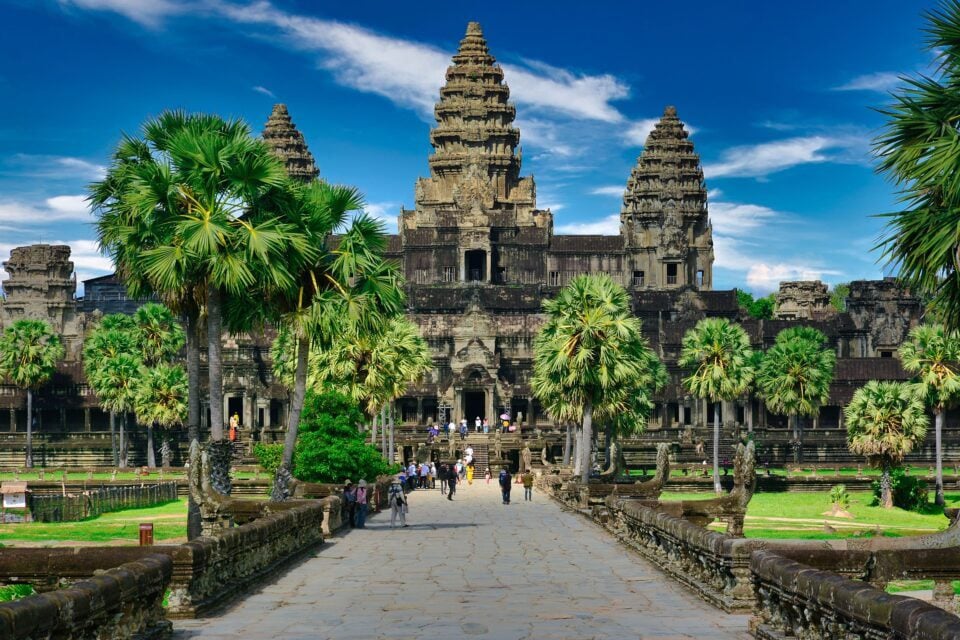Tourists familiar with the Angkor temple complex know firsthand that there are several dozen structures on its vast territory, each of which is unique and has high cultural and historical significance. Of course, it’s very difficult to see the entire religious heritage of this region in just one day. Therefore, we offer you an excursion program that includes the best architectural and historical monuments of Angkor.
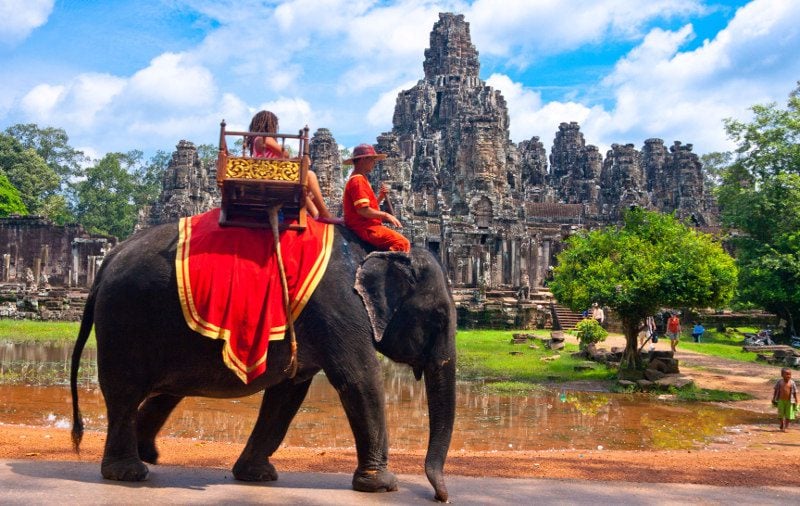
Before moving on to the route, it is worth saying a few words about the history of this place. Angkor represents a surviving area of the Khmer Empire, which existed from the 9th to the 15th centuries. Some of the surviving temples are listed as UNESCO World Heritage sites and have long been under its protection.
If Angkor was once a real city, today its numerous buildings are completely destroyed, and only the temples remain intact. This is because the ordinary dwellings of the Khmers and other less important structures were built of wood, which is not very durable and easily succumbed to the destructive forces of nature. Stronger materials, primarily sandstone, were used to build the temples.
Angkor Wat
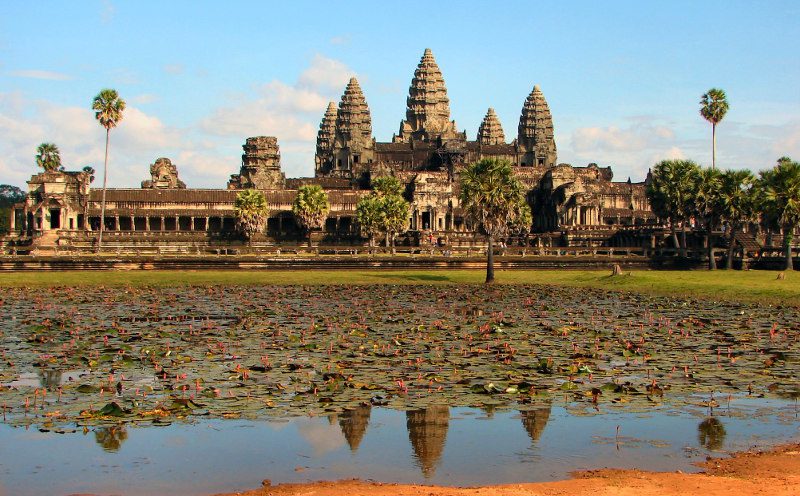
Undoubtedly, the majestic Angkor Wat temple, dedicated to the main deity of that time—Vishnu, deserves special attention in any excursion. The global community has long recognized this monument as one of the most majestic and significant in the history of all humanity.
The main structure dates back to the 12th century when the empire was under the rule of King Suryavarman II. Angkor Wat is located in the very center of what was once the capital of the ancient state, and it is easiest to reach from the modern settlement of Siem Reap, which is only 5.5 km away.
Phnom Bakheng
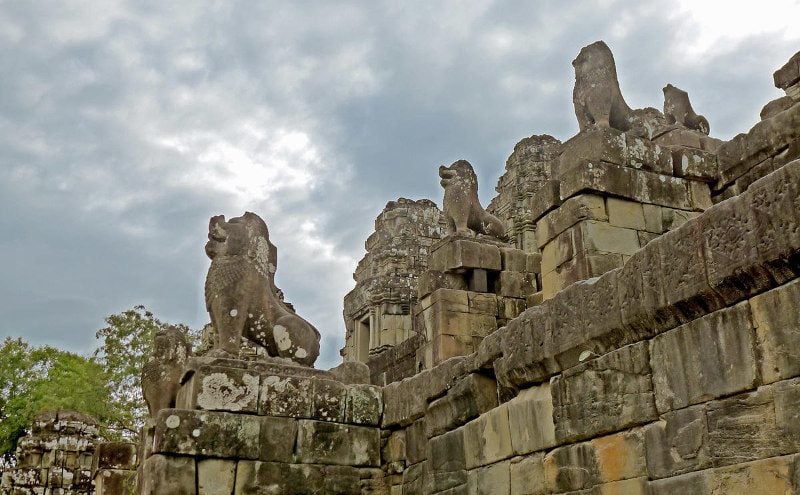
This temple is one of the oldest religious structures in the region. According to official sources, it took 21 years to build and appeared long before the aforementioned Angkor complex. For a long time, this complex was considered the main one in the imperial capital.
Even today, one look at the monumental structure takes your breath away, and a quite logical question arises about how the ancient inhabitants, without construction equipment, modern tools, and only thanks to their spirit, managed to build something like this? They had to clear the site, deliver the heavy stone blocks to the construction site, and carve steps into the rock! But the most puzzling thing is that the Khmers managed to change the river’s course, diverting the water flow by 3 km!
Originally, Phnom Bakheng had 108 towers, of which only a few have survived. The structure was surrounded by massive walls that were 4 km long. Simple calculations reveal that the total area of the religious complex was 16 sq. km!
Angkor Thom
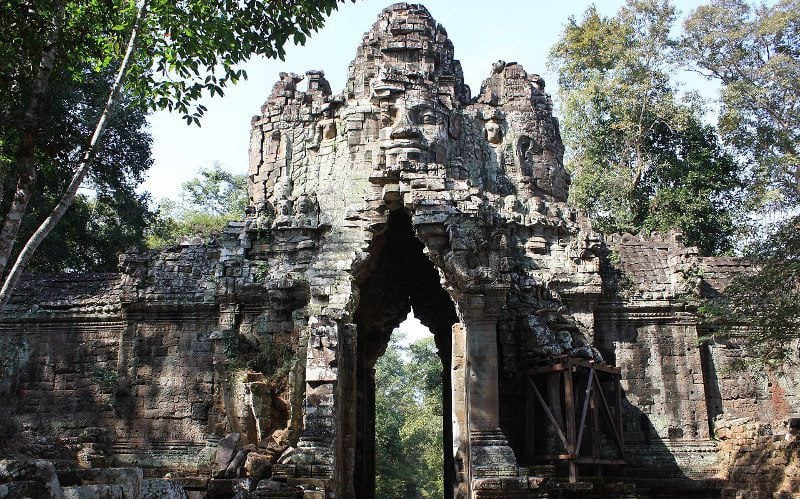
The southern gate of another amazing structure—Angkor Thom—is connected by an unusual bridge built to overcome a huge moat on the way to the temple. The uniqueness of the bridge lies in its length of over 100 meters!
The bridge is adorned with carved figures of devas and asuras (a total of 108 statues) pulling in different directions on a seven-headed serpent, Naga. This unusual composition forms decorative railings and symbolizes the eternal struggle between good and evil. Local authorities, with the support of the global community, spend substantial funds to preserve these unique architectural monuments. Therefore, don’t be surprised if some statues on the bridge look new—this is the result of painstaking work by restorers.
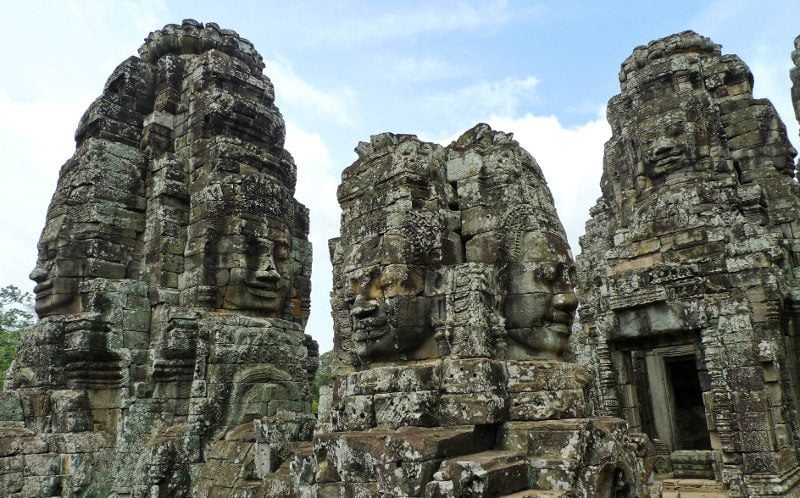
By the way, the number “108” present everywhere is considered by the ancients to be a universal constant of the Universe. This number appears in almost all structures within the complex.
Angkor Thom itself represents a temple city, which was considered the main city of the empire in the 12th-13th centuries. Therefore, it has such an impregnable location. The city had five gates, each with a specific purpose. Today, tourists are taken through the southern passage, which is the best-preserved. The gates themselves can also boldly claim to be unique landmarks.
Bayon
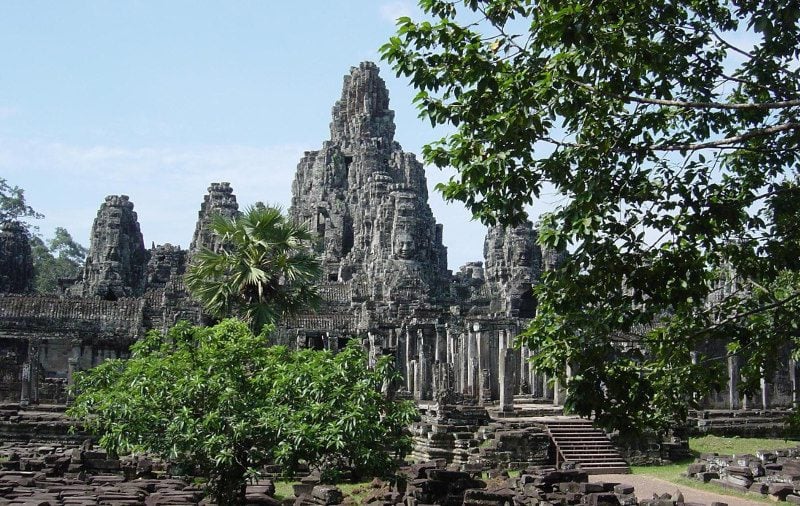
It is definitely worth including a visit to the amazing Bayon temple in your excursion program. The temple has three levels and is surrounded by impressive walls adorned with numerous images depicting the daily life and customs of the Khmer people. One wall is entirely dedicated to the victories of the then ruler Jayavarman VII, including a fresco illustrating one of the most successful military operations during the battle on the Tonle Sap lake.
The first researchers of Bayon appeared here in the 1920s, recognizing the complex as a Buddhist sanctuary.
Unusual Terraces
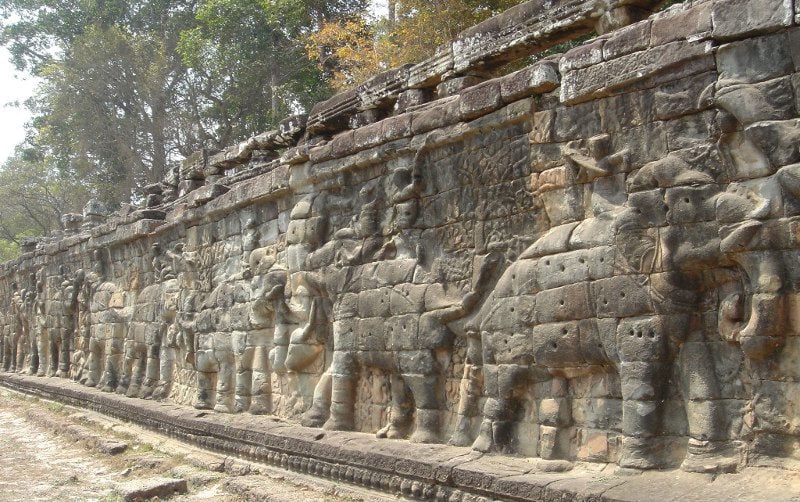
The temple complex includes several unusual platforms, the most famous of which are the Terrace of the Elephants and the Terrace of the Leper King. The first is located in the very center of the Royal Square in Angkor Thom. Its total length reaches three hundred meters and is a result of numerous reconstructions. The perimeter is adorned with numerous statues of elephants, highly revered by the ancient inhabitants, as well as nagas. You can also identify images of hamsas, or waterfowl, serving Brahma himself.
The second terrace is nearby. Its main decorations are statues of nagas, deities, and unusual sea creatures. Here is also the statue of the Leper King, to whom the terrace is dedicated. There are two versions regarding the origin of this unusual name. According to the first theory, the statue depicts King Jayavarman VII, who allegedly suffered from leprosy (this theory is associated with the construction of numerous hospitals during his reign). The other version refers to the legend of the deity Yama. The terrace played an important role in burial rituals.
Other Structures
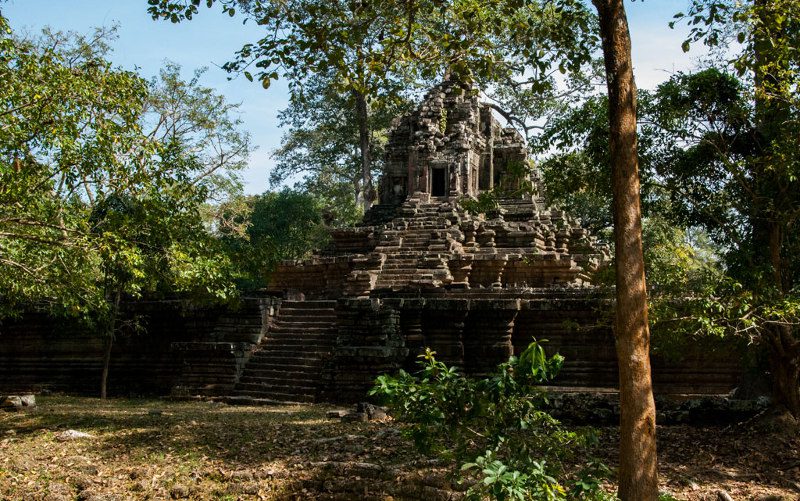
Besides the already mentioned ancient architectural objects, the complex includes many other structures that promise many bright impressions. For example, Preah Pithu, which itself claims to be a temple complex. This name combines five monumental structures, which even belong to different religious currents—Buddhism and Hinduism. Unfortunately, the main part of the attraction is ruined, so it is not very popular among tourists.
The Mangalartha complex, created in honor of the teacher of ruler Jayavarman VII, is of particular interest. It has the shape of a cross and is considered the last local structure built using sandstone. The center of the temple once housed statues of the deity and his mother, of which only pedestals remain today.
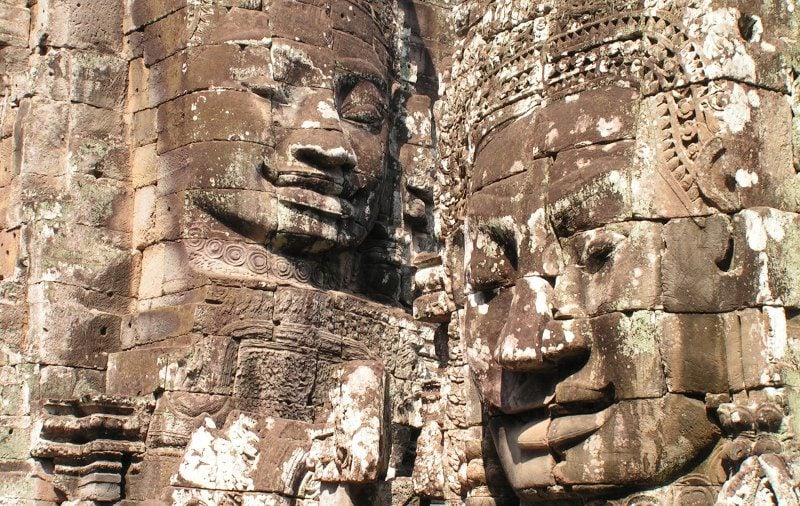
The Bat Chum temple is unique because, although it belongs to Buddhist shrines, it was built when the area was under Jewish influence. The gates even feature prescriptive signs (similar to modern “no parking” signs). Stone lions guarded the entrance, but today only one stone “King of Beasts” statue remains.

